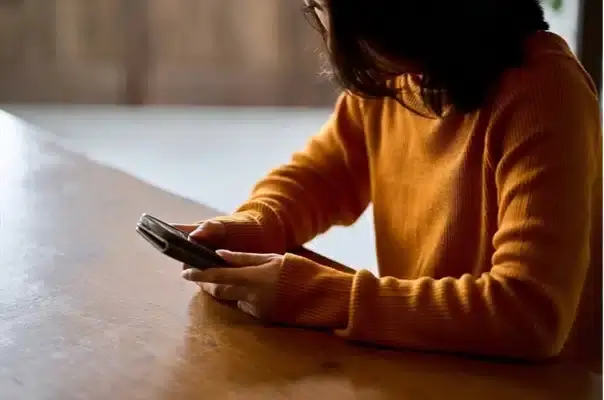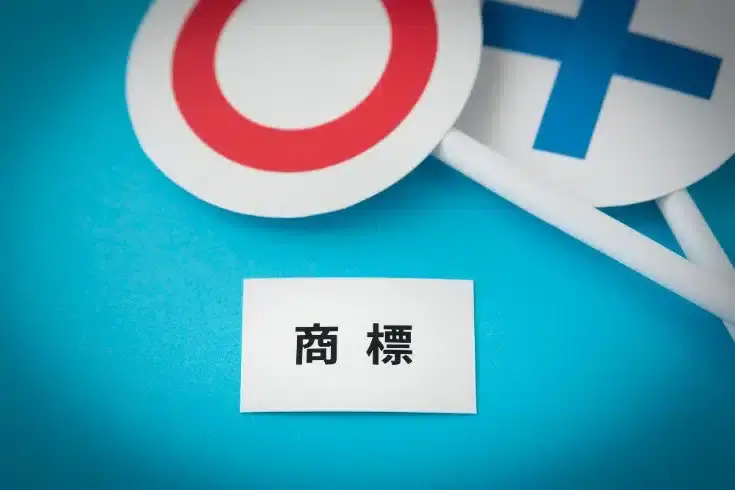Do Characters Lack Copyright? Basic Knowledge for IP Business
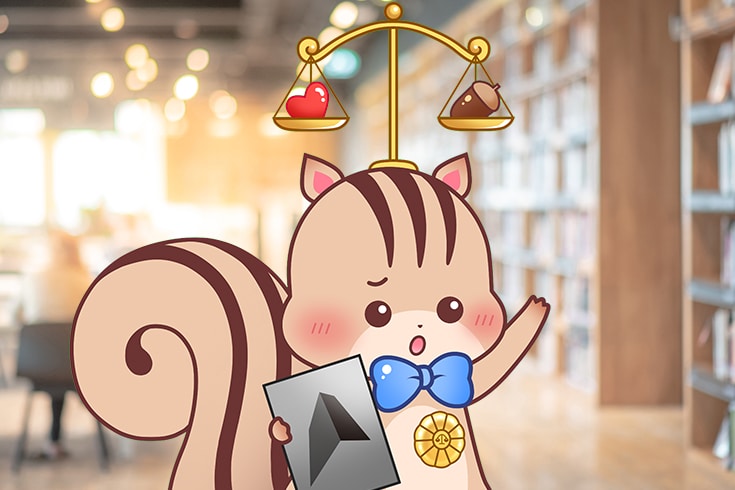
In various media like manga, anime, video games and VTubers, “characters” play a significant role. Businesses frequently collaborate these anime characters with video games, publish books, and explore various other opportunities.
Businesses that profit from intellectual property they’ve created, such as these characters, fall under what’s known as “IP(Intellectual Property) Business.”
You may have heard claims that “characters are not protected by copyright” in relation to this kind of business. What does that mean?
For instance, would featuring someone else’s character in a game without permission not constitute copyright infringement?
On the flip side, how can you legally protect your company’s characters while expanding your business?
This article will delve into the relationship between characters and copyright in Japan.
The Relationship Between Characters and Copyright

The “Idea-Expression Dichotomy” and the Japanese Copyright Law
Copyrights are granted to works of authorship. The term “copyrighted work” is defined in the Japanese Copyright Law as follows:
Something that creatively expresses thoughts or feelings and belongs to the realm of literature, academia, art, or music.
Article 2, Paragraph 1, Item 1 of the Japanese Copyright Law
From this definition, it is clear that in order to qualify as a work, the author’s “ideas” such as thoughts or feelings must be concretely “expressed”.
This principle of distinguishing between ideas and expressions and protecting only the concrete expressions as works is called the “Idea-Expression Dichotomy”.
Under the “Idea-Expression Dichotomy”, there are clear differences in the protection of ideas and expressions as follows:
- Ideas: Protected by patent rights or utility model rights. Therefore, only advanced concepts such as “inventions” are protected. Also, rights do not arise unless statutory procedures such as application are followed.
- Expressions: Protected by copyright. Even a flower drawn by an amateur on paper in 10 seconds is subject to copyright and is protected. Also, no application procedures are required, and rights automatically arise at the moment of creation.
Ideas in one’s mind are basically everyone’s property, and protection for the person who happened to come up with the idea first should be limited. It is necessary to go through procedures such as application and make it public that “this idea has someone’s rights”.
On the other hand, for concrete expressions, it is aimed to enhance the motivation for expressive activities by protecting them regardless of whether the expression is artistic or valuable.
This basic idea is reflected in the difference in protection of ideas and expressions.
“Characters” are Ideas
Characters in anime and manga consist of two main components: the abstract concept of the character, including their settings and personality, and the specific design that represents them visually.
Such characters are ideas and don’t qualify as copyrighted works under Japan’s copyright law.
In a legal dispute known as the “Popeye Case,” the question arose as to whether drawing an unauthorized illustration of “Popeye” constituted copyright infringement. The court indicated that to claim copyright infringement, one should not simply state, “The character was used without permission.” Instead, the claim should specify exactly which drawing or illustration was used without authorization, such as “The illustration from Volume X, Episode Y was used without permission.”
Under the Copyright Law, a work is defined as “something that creatively expresses thoughts or feelings” (Article 2, Paragraph 1, Item 1 of the same law), and in a serialized manga with a one-story format where characters with certain names, appearances, roles, etc. are repeatedly drawn, each episode of the manga in which the character is drawn constitutes a work, and it is not possible to consider the so-called personality of the personality, which is an abstract concept that can be said to be the personality of the personality sublimated from the concrete expression of the manga, as a work. This is because the so-called personality is not a concrete expression itself, but an abstract concept that can be said to be the personality of the personality sublimated from the concrete expression of the manga, and it cannot be said to be something that creatively expresses thoughts or feelings.
Supreme Court decision on July 17, 1997 (Heisei 9)
In other words,
- A 30s male marine who gains superhuman power by eating spinach, dressed in a sailor suit and smoking a pipe (an idea)
- A specific picture or illustration of Popeye drawn on paper (an expression)
Of these two, the author holds the “copyright on 2 (specific expression)”, and drawing an imitation illustration of Popeye could be an “infringement of the copyright on 2 (specific expression)”, but it cannot be an “infringement of the copyright on 1 (character)”.
Trademark Registration for Effective Protection
One way to protect character designs is to utilize trademark rights.
Trademark rights are rights recognized by the Japanese Trademark Law, and visual shapes such as figures, letters, and three-dimensional shapes are protected. If certain requirements are met, character designs can be recognized as trademarks.
In the case of trademark rights, if an illustration imitating a character design that is a trademark is used, it may constitute trademark infringement regardless of whether the original design was known.
In contrast, when claiming copyright infringement, it must be proven that the other party knew the original character design and imitated it based on this knowledge.
If the other party created their own work independently without knowing the original character design, it does not constitute copyright infringement.
However, it should be noted that trademark rights do not arise unless a trademark is registered.
Also, trademark rights have a duration of 10 years from the date of registration, so it is necessary to remember to renew them.
How Far Can Character Design Be Used Without Infringing Copyright?
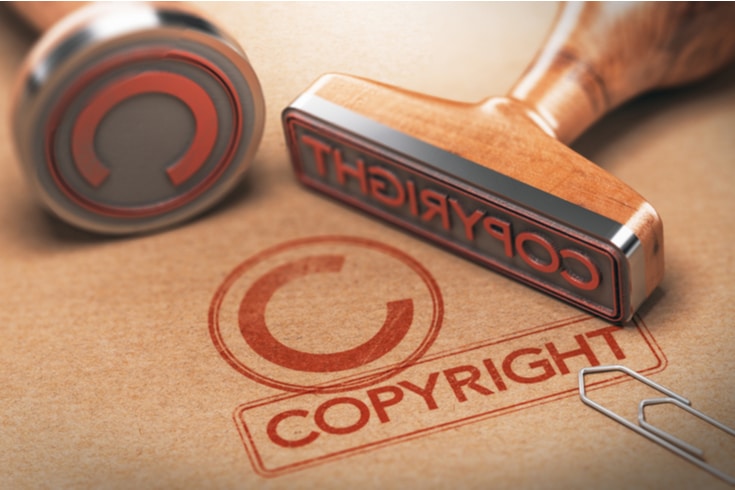
The Complex Points of the Popeye Case
In the Popeye case, there was a unique circumstance where the distinction between “character” and “expression” was disputed all the way to the Supreme Court.
Popeye is a character created in 1929, and for the early works, the protection period under copyright law had expired according to the judgment of the U.S. judiciary.
There are a large number of designs (expressions) drawn for “one character (idea)” over a timeline, and there is an “unauthorized picture” that seems to have been created based on one of them.
Depending on which picture it was based on,
- It could be a picture or illustration created based on a picture or illustration whose copyright has expired (and therefore does not infringe copyright), or
- It could be a picture or illustration created based on a picture or illustration whose copyright still exists (and therefore infringes copyright).
The conclusion was divided depending on the case.
In normal cases, for example, when there is an unauthorized illustration of a certain manga character, it is not often a problem as to whether “the illustration is specifically an imitation of the illustration in volume ●, episode ●”.
What is the “Adaptation” Prohibited by Copyright Law?
The Japanese Copyright Law prohibits the act of dead copying or simply imitating a picture or illustration drawn for a certain character as “infringement of the right of reproduction”.
In addition, not only that, but also the act of creating a separate work based on the character design in such a way that the viewer can understand that the original design is being referred to is prohibited as “infringement of the right of adaptation”.
Therefore, the act of deforming the design related to a specific character is also prohibited.
Copyright and License Guidelines

Creating and publishing designs that could infringe on “reproduction rights” or “adaptation rights” may be permitted within certain limits according to guidelines.
For example, in the case of the famous virtual idol “Hatsune Miku”, the “Character Use Guidelines” allow the publication of derivative works within certain limits.
Generally, publishing characters known as “copyrighted materials” in their original form, or in the form of illustrations drawn by oneself (so-called “derivative works”), on the Internet without the permission of the copyright holder is prohibited by laws such as the Copyright Law. Our characters, such as “Hatsune Miku”, are treated the same way by law.
piapro(ピアプロ)|Character Use Guidelines
On the other hand, it is a natural desire for creators to want to publish their own hard-earned works, even if they are derivative works, on the Internet. We also want our characters to be used as much as possible for non-profit purposes.
These guidelines clearly state that “even if you deform it, it is naturally considered an adaptation in relation to Hatsune Miku’s copyright, but we permit it within certain limits”.
However, as indicated in the guidelines, you are not free to use character designs for commercial purposes.
If you intend to use them for commercial purposes, you will be involved in what is known as IP business.
How to Use Character Design
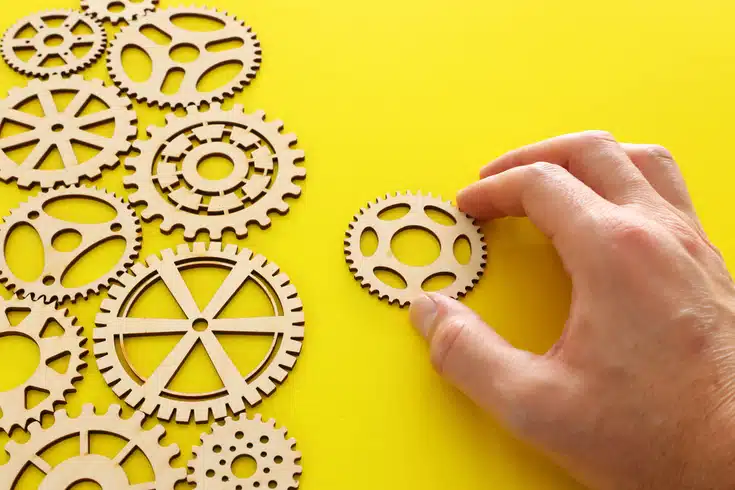
When a popular manga is adapted into an anime or a movie, or used for merchandise sales, it involves the use of character design.
This type of commercial use, which generates profit through usage fees, is referred to as “IP Business”.
In this article, we will explain how to use character design under the IP Business model.
Transfer of Copyright
One way to use character design is to obtain the copyright from the copyright holder.
However, when receiving a transfer of copyright, it is necessary to pay attention to the “right of adaptation” and the “rights related to the use of derivative works”.
Unless specifically stated in the contract that these rights are being transferred, it is assumed that these rights are reserved by the transferor.
If these rights are not transferred, for example, the transferee cannot claim copyright infringement for a work that deforms the character design.
Even if it is stipulated that “The copyright related to the character design of ●● will be transferred from Party B to Party A”, the rights such as the “right of adaptation” will not be transferred.
Therefore, it is necessary to clearly state that the transfer includes the right of adaptation, such as “The copyright related to the character design of ●● (including the rights under Articles 27 and 28 of the Japanese Copyright Law) will be transferred from Party B to Party A”.
Entering into a License Agreement
Alternatively, instead of receiving a transfer of copyright, you can enter into a license agreement with the copyright holder regarding the use of the character design.
In a license agreement, various restrictions can be placed on the use of the character design.
For example, it is possible to limit how and how often the character design is used, and the range of the usage period.
Points to Note about “Character Copyright” and Business Transfer

In recent years, there has been an increase in the acquisition of Virtual YouTuber (VTuber) businesses.
This is due to the difficulty of increasing the number of channel subscribers on platforms like YouTube from zero, and the fact that acquiring existing channels or accounts is quicker, creating a demand for such business acquisitions.
When acquiring a Virtual YouTuber or VTuber, “business transfer” is often used. A “business transfer” involves:
- Management rights of the YouTube channel
- Management rights of the Twitter account
- Management rights of the VTuber’s official website and the copyright of various elements that make up the site
This is a scheme where a “bundle” of business elements are all sold or purchased together.
However, when transferring a business, it is important to specifically state what copyrights are being transferred.
For example, if you conduct a business transfer with a statement like:
Copyright of VTuber character “●●”
This could lead to the problem of “Doesn’t the character have copyright in the first place?”, making it ambiguous as to what exactly is being transferred.
To clarify the subject of the transfer, you could consider a statement like:
Copyright of all illustrations drawn by Mr/Ms ●● for the VTuber character “●●” from ● year ● month ● day to ● year ● month ● day
Understanding the Relationship between Characters and Copyright
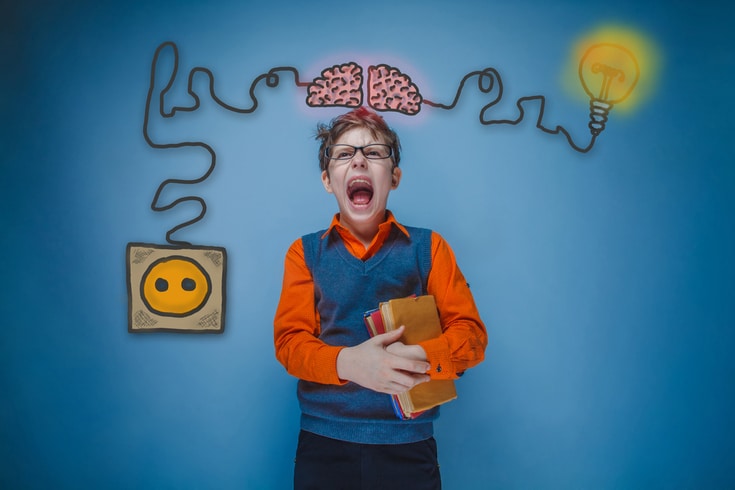
Characters are not considered works of authorship, and therefore, are not protected by copyright. However, this does not mean that you can freely use character designs without permission.
Specific illustrations and the like are protected by copyright, and if a character design is registered as a trademark, it will also be protected by trademark rights.
When creating derivative works based on character designs or collaborating with games, movies, etc., it is necessary to pay close attention to these rights.
Utilizing intellectual property widely can lead to various business opportunities.
Accurate legal knowledge is essential for this. If you are interested, please consult with a lawyer who is knowledgeable about IP business.
Introduction to Contract Creation and Review Services by Our Firm

At Monolith Law Office, we provide a variety of services to our client companies and advisory companies, not only in IP business but also in other areas, leveraging our strengths as a law firm specializing in IT, Internet, and business.
Category: Internet


